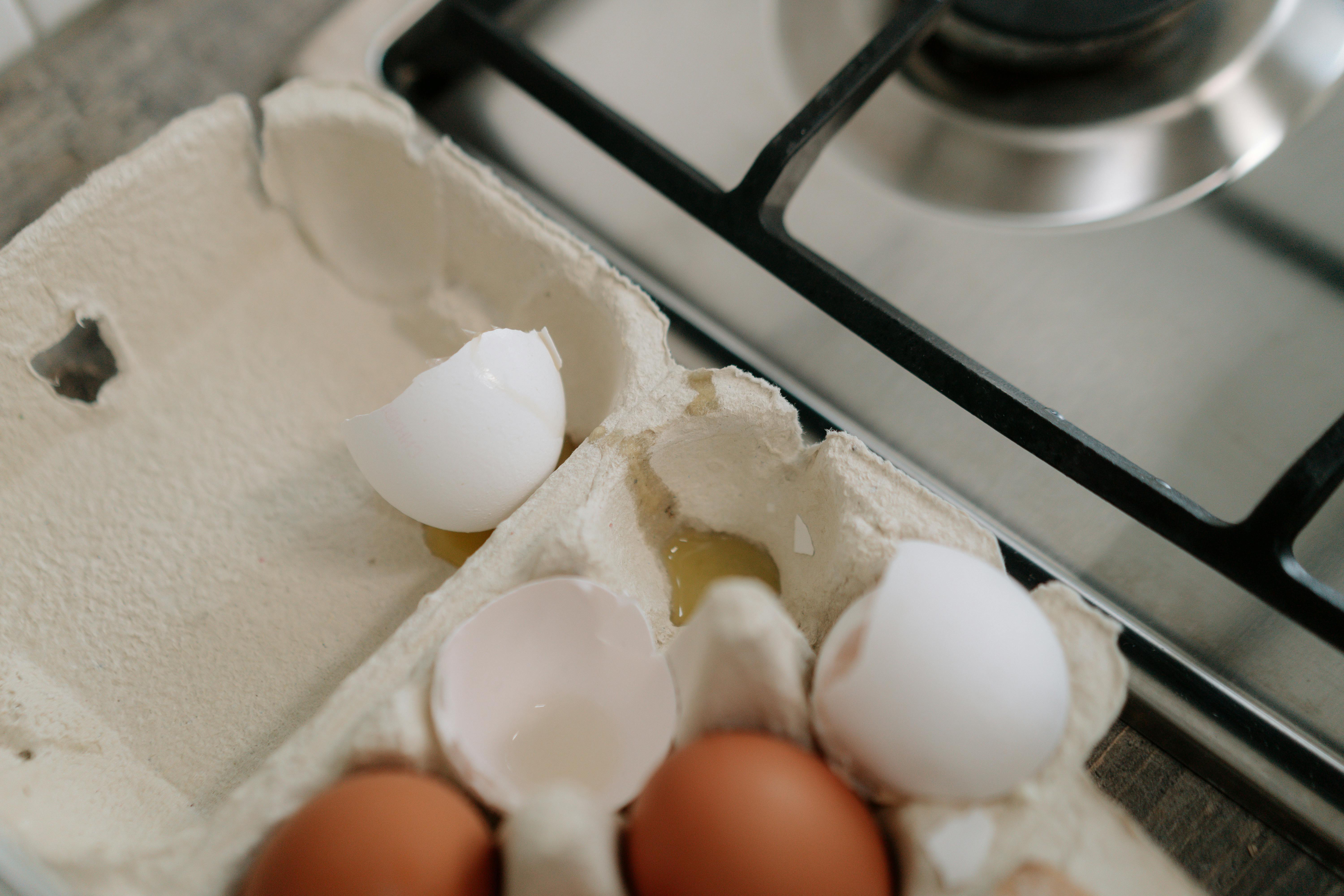
How to Effectively Render Beef Fat for Delicious Homemade Recipes in 2025
Beef fat, or tallow, has been a staple in cooking for centuries. With the resurgence in traditional cooking methods and healthy eating, learning how to render beef fat at home is gaining popularity. Properly rendered beef fat provides a flavorful and nutritious alternative to many cooking oils, making it a perfect addition to various recipes. In this article, we will explore the benefits and methods of rendering beef fat, along with tips for incorporating this versatile ingredient into your meals.

Essential Guide to Rendering Beef Fat at Home
Understanding Beef Fat and Its Uses
Beef fat, primarily found in various cuts of meat, serves as an excellent cooking fat. Packed with nutrients, beef tallow contains vitamins A, D, E, and K, and is a great source of energy. Its high smoke point makes it ideal for frying, roasting, and even baking. Whether you're using it in traditional recipes or modern dishes, this rich fat enhances flavors while offering a unique texture.
Health Benefits of Using Beef Tallow
Cooking with beef tallow can provide numerous health benefits. Unlike many vegetable oils, tallow contains saturated fats that can help to stabilize cholesterol levels when consumed in moderation. Additionally, beef tallow is rich in conjugated linoleic acid (CLA), which has been linked to various health benefits, including improved metabolism and weight management.
Advantages of Rendering Beef Fat
Rendering beef fat at home ensures quality control over what you consume. You can avoid additives and preservatives common in store-bought options. Moreover, by rendering beef fat yourself, you utilize every part of the animal, supporting sustainable cooking practices. Homemade tallow also comes with a fresher taste compared to commercial products.
Step-by-Step Process: How to Render Beef Fat
Choosing the Right Cuts of Beef Fat
When rendering beef fat, it's crucial to choose the right cuts. Suet, the hard fat found around the kidneys and loins, is an excellent choice for making tallow. Other options include trimmings from ribeyes and briskets. Look for high-quality, grass-fed beef for the best flavor and nutritional profile.
Preparing the Fat for Rendering
Before you start the rendering process, cut the beef fat into small, uniform pieces. This increases the surface area and ensures even melting. You can also grind the fat using a meat grinder for quicker and more efficient rendering. If you're grinding the fat, be sure it stays cold to avoid smearing.
Methods for Rendering Beef Fat
There are two primary methods for rendering beef fat: the stovetop and slow cooker methods. The stovetop method involves heating the fat in a heavy pot over low heat, stirring occasionally until liquefied. Alternatively, using a slow cooker allows for a more hands-off approach, letting the fat render gently over several hours. Both methods yield delicious results!

Cooking with Rendered Beef Tallow
Incorporating Tallow into Recipes
Once you have your homemade beef tallow, the possibilities are endless. Use it as a cooking fat for frying potatoes, searing meats, or even in baked goods to add richness and depth of flavor. Tallow's high smoke point also makes it perfect for high-heat cooking methods.
Beef Tallow vs. Other Cooking Fats
When comparing beef tallow to other fats like lard or vegetable oils, tallow stands out for its unique flavor and nutritional benefits. While lard is derived from pork and may have a different flavor profile, tallow is known for its ability to enhance the taste of beef dishes. In contrast to plant-based oils, which often lack significant nutrients, tallow provides essential fatty acids and vitamins.
Tips for Storing Beef Tallow
Once rendered, it’s important to store your beef tallow properly to maintain its quality. Allow it to cool, then transfer it into airtight containers and refrigerate for up to six months or freeze for longer storage. Properly rendered and stored beef fat doesn't go rancid easily, retaining its flavor and cooking properties over time.
Beef Tallow Recipes to Enhance Your Cooking
Delicious Ways to Use Beef Tallow
Looking for inspiration? Try using beef tallow for frying crispy vegetables or making homemade French fries. It's also fantastic in gravies, soups, and sauces. Additionally, consider using tallow in baking to replace butter or other fats in recipes, creating a unique twist on traditional dishes.
Exploring Flavor Profiles with Beef Fat
Using beef fat in cooking not only amps up the richness but also enhances the overall flavor profile of your dishes. Its meaty essence complements hearty meals beautifully, making it a preferred choice for stews, braises, and roasted recipes. Don't hesitate to experiment with using beef fat in sweet recipes either!
Health Aspects and Considerations
As with any ingredient, moderation is essential when using beef tallow. While it offers numerous health benefits, excessive consumption of saturated fats can still pose risks. Incorporate beef tallow as part of a balanced diet, focusing on whole foods and lean proteins to maximize health benefits.
Frequently Asked Questions About Rendering Beef Fat
1. What is the best way to render beef fat quickly?
The quickest method to render beef fat is by using a stovetop, keeping heat low, and stirring frequently to prevent burning.
2. Can I use rendered beef fat in baking?
Yes! You can substitute beef tallow for butter or other oils in many baking recipes for a unique flavor.
3. How long does rendered beef fat last in storage?
Properly stored rendered beef fat can last up to six months in the refrigerator or longer in the freezer, maintaining its quality and flavor.
4. Are there health benefits to cooking with beef tallow?
Yes, beef tallow is rich in essential fatty acids and vitamins, promoting overall health when used in moderation.
5. How can I utilize beef tallow in my everyday cooking?
Use beef tallow for frying, roasting, or as a base for sauces and gravies to enhance flavor and nutrition in your meals.
In conclusion, mastering the art of rendering beef fat allows you to enjoy the myriad benefits of homemade tallow. Integrate this nutrient-rich cooking fat into your culinary repertoire for delicious, healthful dishes that pay homage to traditional cooking methods.